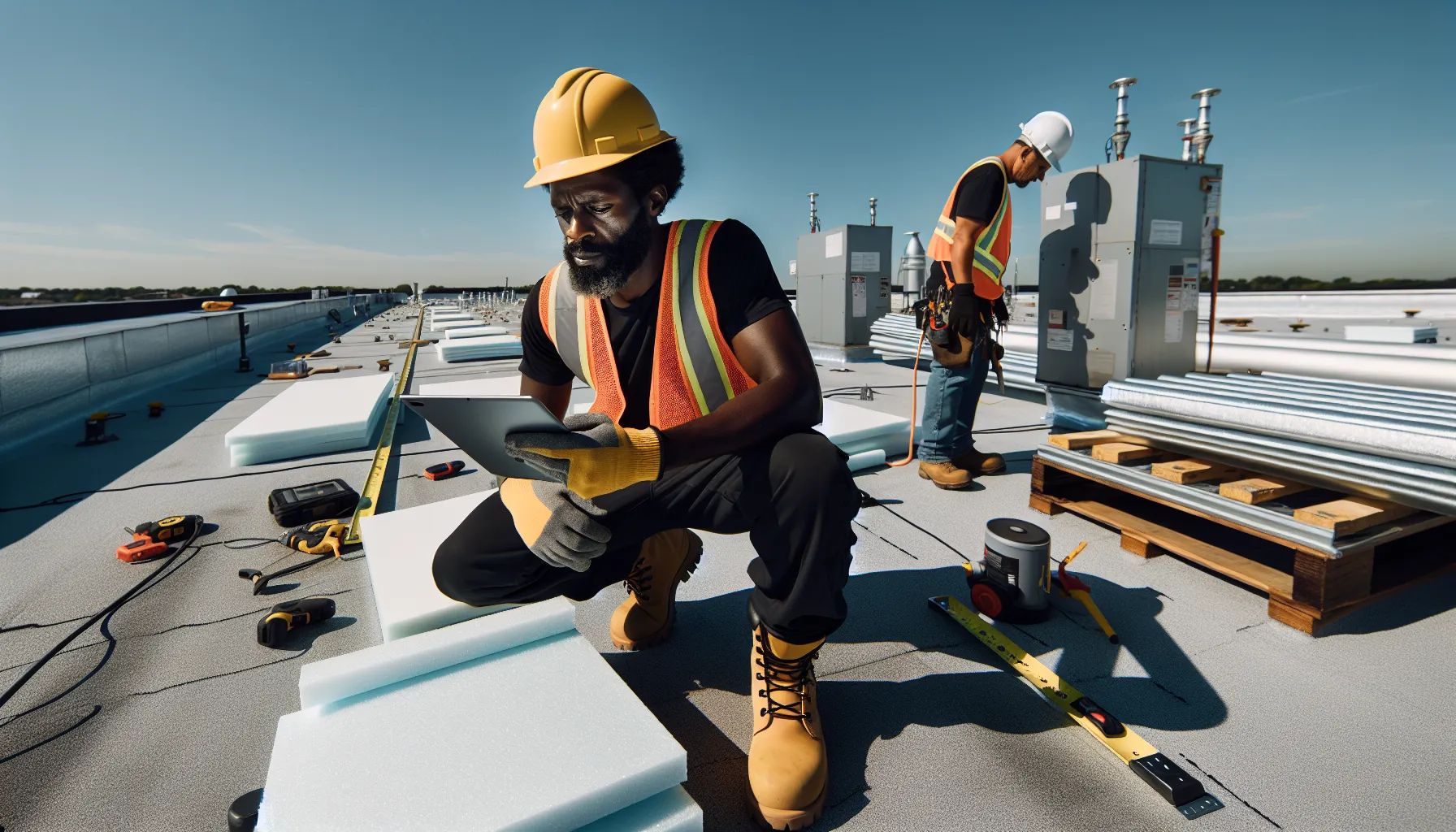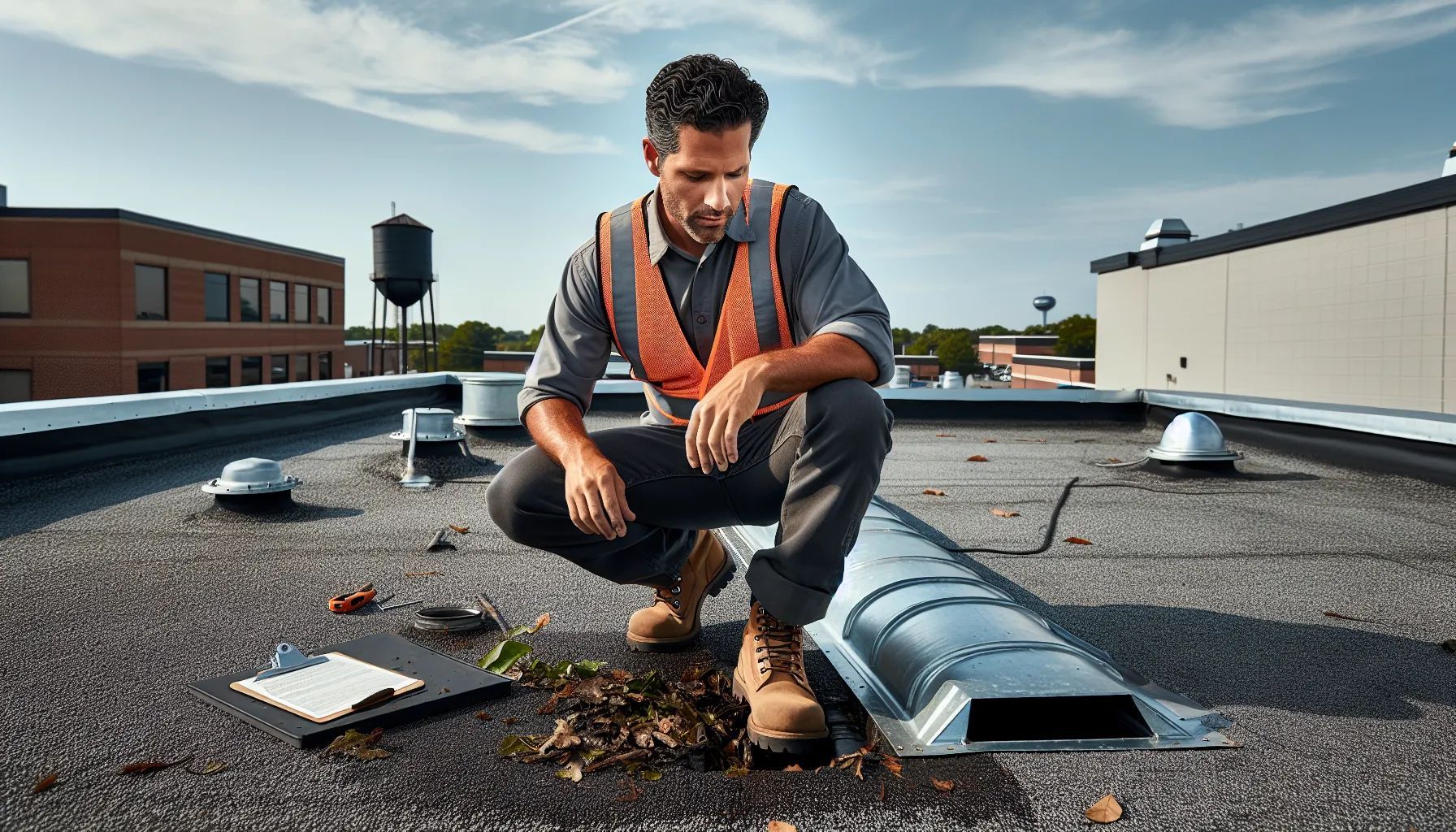What Are The Benefits Of A Metal Roof
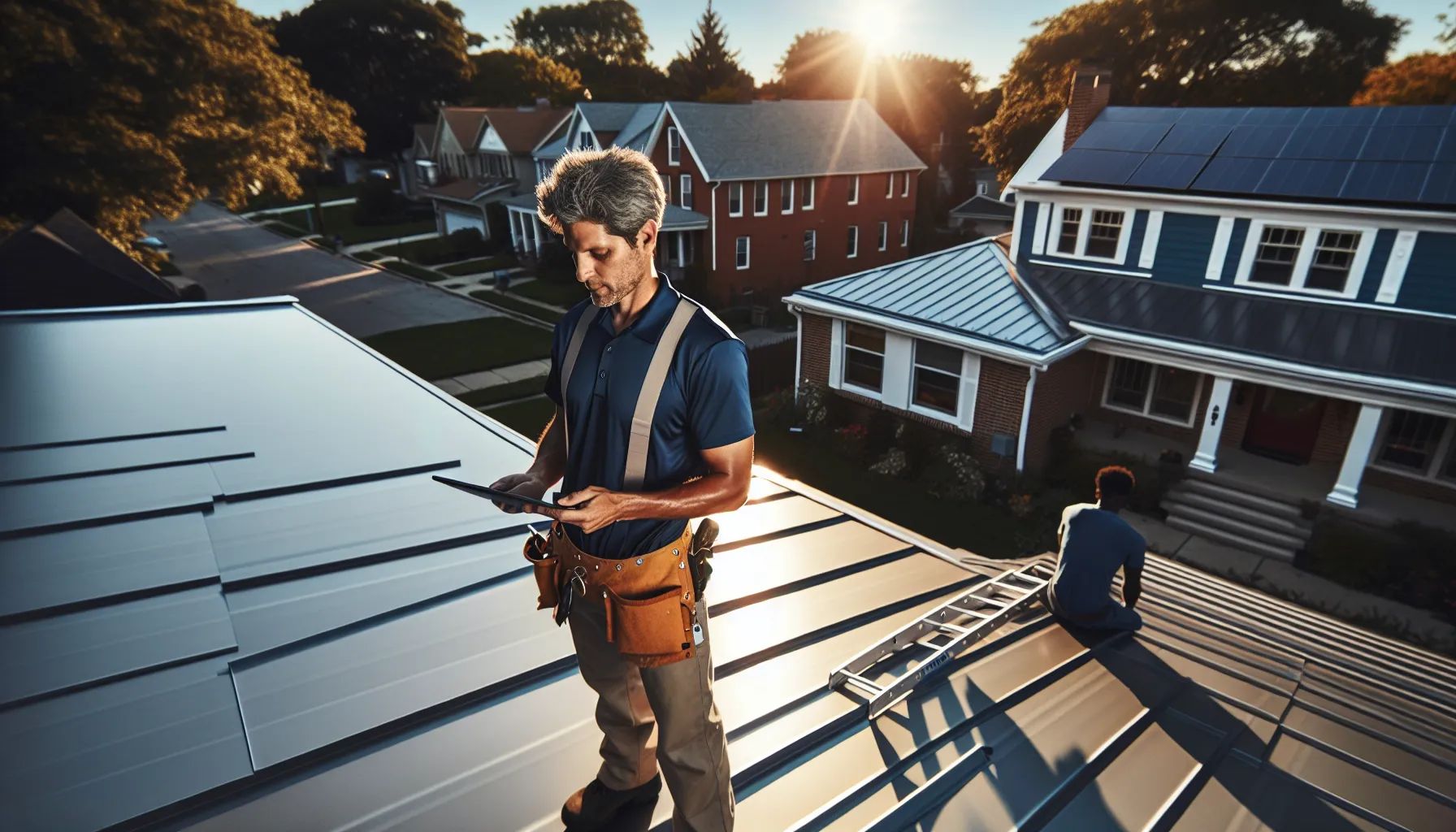
Metal roofs deliver exceptional value through durability, energy savings, and environmental benefits that outperform traditional roofing. We've seen firsthand how property owners transform their homes with this smart investment. Beyond the obvious advantages, metal roofing systems offer surprising perks that many homeowners only discover after installation.
Exceptional Longevity And Durability
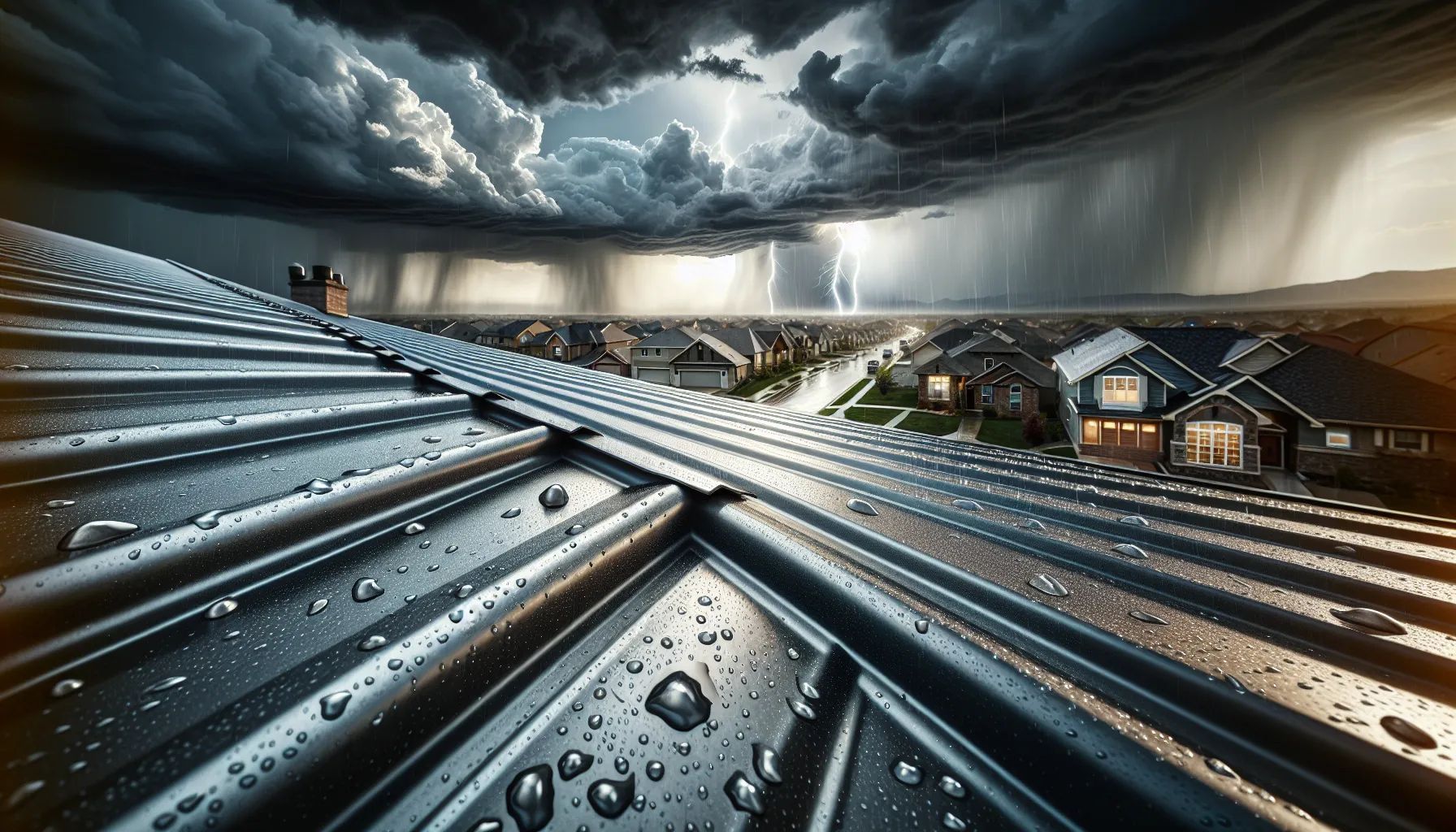
We consider metal roofs the gold standard for long-lasting protection. These roofing systems typically serve homeowners for 40 to 80 years, delivering decades of reliable performance. Compare that timeline to conventional materials, and the advantage becomes crystal clear.
Metal roofing materials resist nearly every threat nature throws at them. Fire, insects, mildew, rust, corrosion, and mold simply can't penetrate quality metal panels. This resistance stems from advanced coating technologies and the inherent properties of metals like aluminum, steel, and copper.
The strength of metal roofing goes beyond surface-level protection. These systems maintain structural integrity year after year, preventing the sagging and deterioration common with other materials. We've observed metal roofs maintaining their original appearance and function long after neighboring homes required complete roof replacements.
Lifespan Compared To Traditional Roofing Materials
Asphalt shingle roofs, the most common choice in residential construction, require replacement every 15 to 30 years. Wood shakes might stretch to 35 years with perfect maintenance. Clay tiles can last longer but crack under impact and temperature changes.
Metal roofing changes this equation completely. Steel roofs with proper coatings easily reach 50 years. Aluminum systems often exceed 60 years, while copper and zinc roofs can protect homes for over a century. We've inspected metal roofs installed in the 1960s still performing excellently today.
This extended lifespan eliminates multiple replacement cycles. While neighbors replace their shingle roofs two or three times, metal roof owners enjoy consistent protection without disruption. The math speaks volumes, one metal roof installation equals decades of peace of mind.
Resistance To Weather Extremes
Metal roofing systems handle severe weather conditions that destroy lesser materials. Hail that punches through shingles barely dents quality metal panels. Heavy snow slides off sloped metal surfaces rather than accumulating dangerous weight loads.
Wind resistance reaches impressive levels with proper installation. Most metal roofing systems withstand sustained winds up to 140 miles per hour, hurricane-force conditions that strip shingles like paper. Interlocking panels and concealed fastener systems create unified surfaces that deflect wind rather than catching it.
Summer heat poses no threat either. Metal surfaces reflect radiant energy instead of absorbing it, keeping attic spaces cooler. Winter cold can't crack or split metal panels like it does with brittle materials. This all-season performance makes metal roofing ideal for any climate zone.
Energy Efficiency And Cost Savings
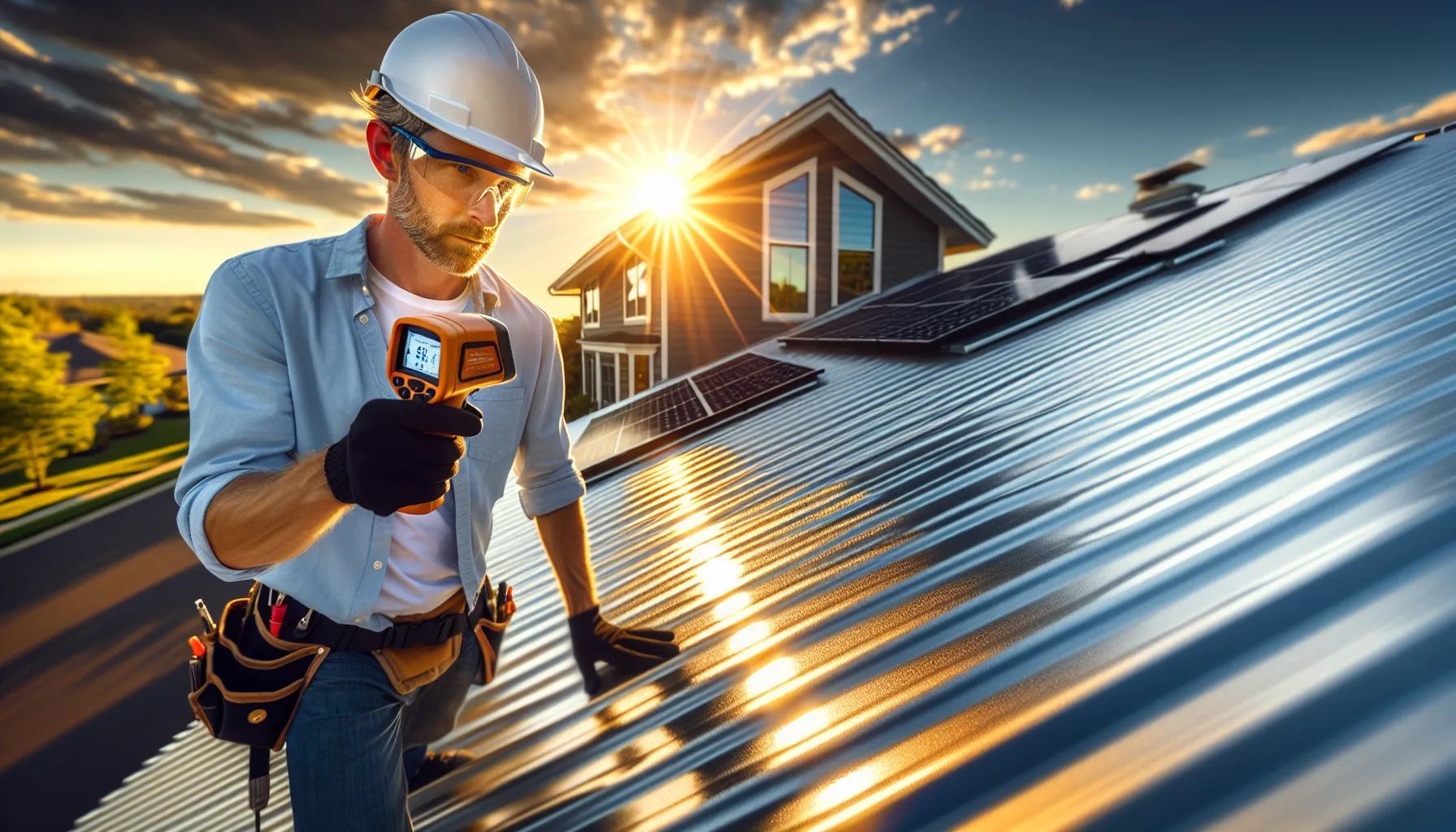
Energy efficiency stands out as one of metal roofing's most valuable benefits. We consistently see homeowners surprised by their reduced cooling costs after metal roof installation. The science behind this efficiency involves both reflection and emissivity, technical terms that translate to real dollar savings.
Metal roofs naturally reflect solar radiation rather than absorbing it into the building structure. This reflection prevents heat buildup in attic spaces, reducing the workload on air conditioning systems. Some metal roofing products reflect up to 70% of solar energy, dramatically cutting heat gain.
Reflective Properties And Cooling Benefits
The reflective nature of metal roofing creates a thermal barrier between the sun and your living space. Light-colored metal roofs perform especially well, bouncing sunlight away before heat penetrates the building envelope. Even darker metal colors outperform traditional roofing in heat reflection.
Special coatings enhance these natural properties further. Cool roof coatings containing infrared-reflective pigments boost performance across all color options. These advanced finishes maintain their effectiveness for decades, unlike painted surfaces that degrade over time.
We measure cooling benefits through reduced attic temperatures and lower air conditioning runtime. Homeowners report indoor temperatures dropping 5 to 8 degrees after metal roof installation, even without changing their HVAC systems. This temperature reduction translates directly to comfort and savings.
Long Term Utility Bill Reductions
The financial impact of metal roofing efficiency compounds over time. Initial cooling cost reductions of 20% to 40% represent hundreds of dollars annually in many regions. Over a metal roof's 50-year lifespan, these savings accumulate into significant amounts.
Beyond direct cooling savings, metal roofs reduce heating costs in winter through proper insulation integration. The stable surface temperature of metal prevents ice dam formation, protecting homes from water damage and heat loss. Year-round efficiency makes metal roofing a smart financial choice.
Utility companies in many areas offer rebates for cool roof installations, including qualifying metal systems. These incentives reduce upfront costs while guaranteeing long-term savings through lower energy consumption. We help clients calculate total savings potential, often finding payback periods shorter than expected.
Environmental Sustainability
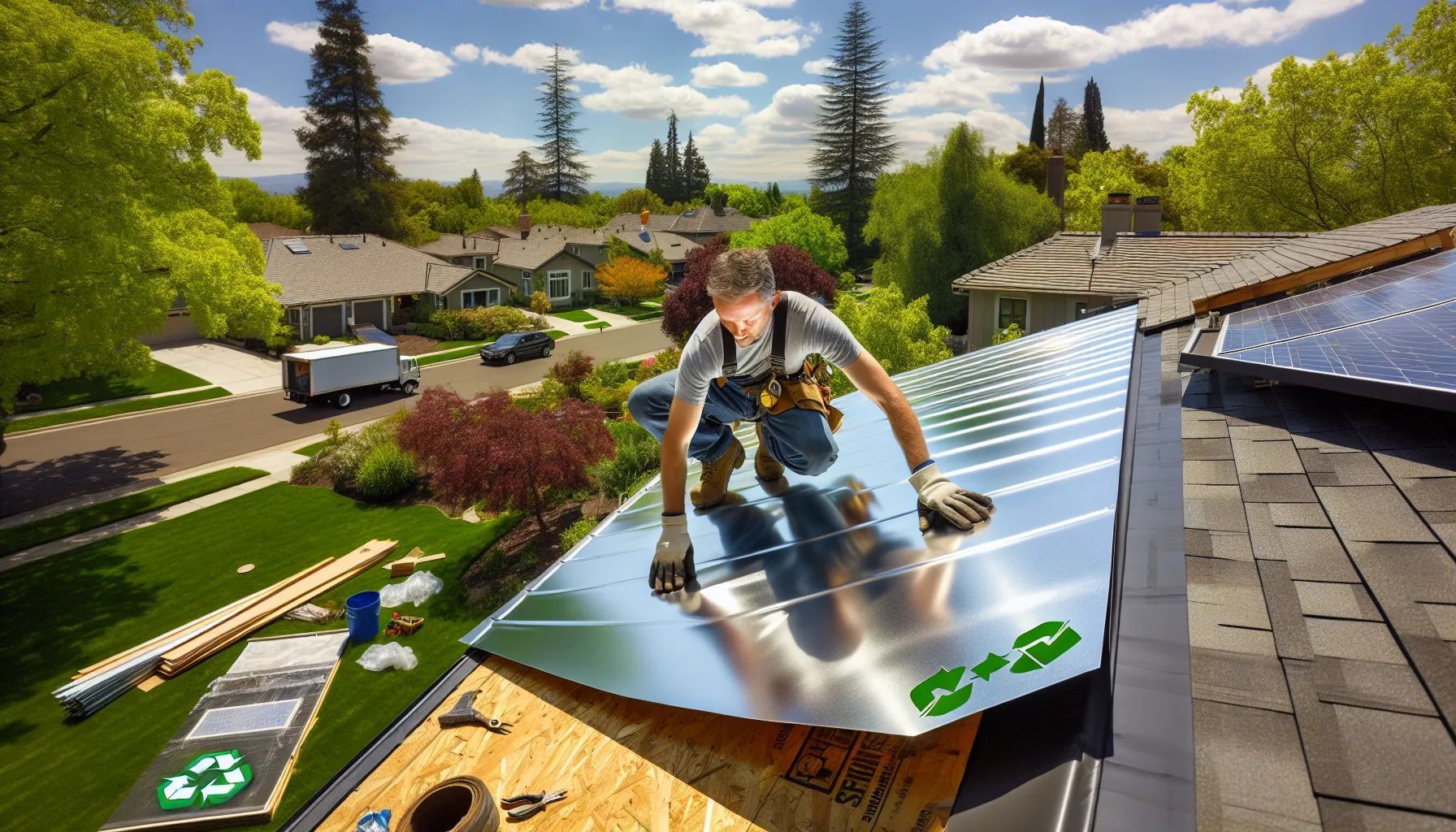
Environmental responsibility drives many homeowners toward metal roofing solutions. We appreciate how metal roofs support sustainability goals through multiple pathways, from raw materials to end-of-life recycling. This comprehensive environmental benefit sets metal apart from disposable roofing options.
Most metal roofing products contain 25% to 95% recycled content, depending on the metal type. Steel roofing typically includes recycled automotive and appliance materials. Aluminum roofing often contains post-consumer beverage containers. This recycled content reduces demand for virgin materials and associated environmental impacts.
Recyclability And Eco Friendly Materials
Metal roofing achieves 100% recyclability at the end of its service life. Unlike shingles that pile up in landfills, metal roofing materials enter the recycling stream for infinite reuse. A torn-off metal roof becomes raw material for new products, completing the sustainability cycle.
The manufacturing process for metal roofing continues improving its environmental profile. Modern production facilities use renewable energy sources and water recycling systems. Paint and coating applications now use low-VOC formulations that minimize air quality impacts.
We also consider the reduced replacement frequency an environmental win. One metal roof eliminates two to four shingle roof tear-offs over its lifetime. That means fewer trucks hauling materials, less manufacturing energy consumption, and dramatically reduced landfill burden.
Reduced Carbon Footprint
Metal roofing significantly lowers a building's carbon footprint through energy efficiency and longevity. Reduced cooling needs mean less electricity generation and associated emissions. The decades-long service life prevents repeated manufacturing and transportation emissions from replacements.
Solar panel integration works exceptionally well with metal roofing systems. The mounting systems attach without penetrating the roof surface, maintaining waterproof integrity. Metal roofs often outlast the solar panels themselves, providing stable platforms for renewable energy generation.
Rainwater harvesting becomes practical with metal roofing's clean runoff. Unlike composition shingles that shed granules and chemicals, metal surfaces provide pure rainwater for irrigation and other uses. This water conservation aspect adds another dimension to metal roofing's environmental benefits.
Low Maintenance Requirements
Maintenance simplicity ranks high among benefits we highlight to potential metal roof customers. After installation, these roofing systems require minimal attention compared to constant repairs and treatments other materials demand. This low-maintenance characteristic saves both time and money throughout the roof's lifetime.
Basic metal roof maintenance involves occasional debris removal and gutter cleaning, tasks any homeowner already performs. No special treatments, sealants, or protective coatings need regular application. The roof simply continues performing year after year with minimal intervention.
Minimal Upkeep Needs
We recommend simple visual inspections twice yearly, typically after major weather events. These quick checks identify any loose fasteners or damaged flashings before problems develop. Most homeowners complete these inspections in under an hour using basic observation skills.
Cleaning requirements remain minimal for most metal roofs. Rain naturally washes away dust and pollen. Occasionally, homeowners might rinse panels with a garden hose to remove stubborn dirt. Power washing is rarely necessary and should use low pressure to protect surface coatings.
Paint touch-ups might occur after decades of service, though modern finishes resist fading and chalking remarkably well. When needed, recoating extends the roof's life another 20 to 30 years, still more economical than complete replacement required by other materials.
Resistance To Common Roofing Problems
Metal roofing sidesteps problems that plague traditional materials. Rot simply cannot occur in metal substrates. Without organic material, mold and mildew find no foothold for growth. Insects and rodents can't burrow through metal panels to create nests.
Leaks remain rare with proper installation. Interlocking seams and concealed fasteners eliminate common water entry points. Unlike shingles that curl, crack, and blow off, metal panels maintain their protective seal through decades of weather exposure.
Thermal movement, often problematic for rigid materials, poses no issue for metal roofing. Floating clip systems allow panels to expand and contract without loosening fasteners or creating gaps. This engineered flexibility prevents the stress failures common in other roofing systems.
Fire And Safety Protection
Fire resistance provides peace of mind that we consider invaluable for homeowners. Metal roofing achieves the highest possible fire rating, Class A, offering superior protection against external fire exposure. This noncombustible characteristic becomes critical in regions prone to wildfires or areas with closely spaced buildings.
Lightning strikes, contrary to common misconceptions, pose no additional risk with metal roofing. Metal actually dissipates electrical energy safely across the entire roof surface rather than concentrating it at impact points. Proper grounding, standard in all construction, ensures complete safety.
Insurance companies recognize metal roofing's safety advantages through premium discounts. Many insurers reduce rates by 15% to 30% for homes with metal roofs, acknowledging the decreased risk of fire and weather damage. These savings contribute to the overall return on investment.
We've witnessed metal roofs protecting homes when neighboring properties suffered fire damage. Flying embers that ignite wood or asphalt simply bounce off metal surfaces. This protection extends to internal fires too, metal roofs won't contribute fuel or accelerate fire spread through the structure.
Increased Property Value And Curb Appeal
Property value increases represent tangible benefits beyond the functional advantages of metal roofing. We regularly see homes with metal roofs commanding premium prices in competitive real estate markets. Buyers recognize the value of avoiding near-term roof replacement and appreciate the aesthetic appeal metal roofing provides.
Real estate professionals report metal roofs can recoup 85% to 95% of installation costs through increased home value. This return surpasses most home improvement projects, making metal roofing an investment rather than an expense. The combination of durability, efficiency, and appearance drives this value proposition.
Modern Design Options And Aesthetics
Today's metal roofing transcends the industrial appearance many people imagine. Manufacturers offer products mimicking traditional materials, slate, wood shakes, clay tiles, while delivering metal's superior performance. Color options span the entire spectrum, from earth tones to bold contemporary hues.
Standing seam profiles create clean, modern lines that complement contemporary architecture. Textured panels add visual interest through shadow lines and dimensional effects. Stone-coated steel products combine metal's durability with the classic appearance of granulated shingles.
We help clients select profiles and colors that enhance their home's architectural style. Victorian homes might feature decorative metal shingles in period-appropriate colors. Ranch houses often look best with horizontal panel profiles. Modern designs shine with smooth, monochromatic standing seam systems.
Return On Investment
Calculating return on investment for metal roofing involves multiple factors. Initial costs run higher than budget roofing options, typically double the price of basic shingles. But this comparison misses the complete financial picture we present to clients.
Eliminating future replacement costs changes the math dramatically. Two or three shingle replacements over 50 years cost more than one metal roof installation. Add energy savings, reduced maintenance, and insurance discounts, and metal roofing becomes the economical choice.
Timing also affects ROI calculations. Installing metal roofing during new construction or major renovation reduces costs through construction efficiency. Combining metal roofing with other energy improvements may qualify for tax credits or utility rebates, improving the financial equation further.
Conclusion
Metal roofing delivers comprehensive benefits that justify its position as a premium roofing solution. We've covered the exceptional durability that provides decades of protection, energy efficiency that cuts utility costs, and environmental advantages through recyclability and reduced waste. The low maintenance requirements free homeowners from constant repairs, while fire resistance and weather protection ensure safety in extreme conditions.
The financial case for metal roofing strengthens with each passing year. Between energy savings, eliminated replacements, reduced maintenance, and increased property value, the investment pays dividends throughout ownership. Modern design options ensure homes look as good as they perform, dispelling outdated notions about metal roofing aesthetics.
For homeowners planning long-term residence, metal roofing makes obvious sense. But even those considering future sales benefit from metal roofing's appeal to buyers and contribution to property value. We encourage evaluating metal roofing not as an expense but as an investment in comfort, security, and sustainability that continues delivering value for generations.
What are the main benefits of a metal roof compared to shingles?
Metal roofs offer superior longevity (40-80 years vs. 15-30 for shingles), exceptional weather resistance, 20-40% energy savings through heat reflection, and 100% recyclability. They also require minimal maintenance and can increase property value by 85-95% of installation costs.
How long do metal roofs typically last?
Metal roofs deliver exceptional durability, lasting 40 to 80 years depending on the material. Steel roofs reach 50 years, aluminum systems exceed 60 years, while copper and zinc can protect homes for over a century with proper installation.
Can metal roofs reduce energy costs?
Yes, metal roofs significantly reduce cooling costs by 20-40% through solar reflection properties. They reflect up to 70% of solar energy and can lower indoor temperatures by 5-8 degrees, translating to hundreds of dollars in annual utility savings.
Do metal roofs increase the risk of lightning strikes?
No, metal roofs don't increase lightning risk. They actually dissipate electrical energy safely across the entire surface rather than concentrating it at impact points. With proper grounding, metal roofs provide complete safety and won't combust if struck.
Are metal roofs worth the higher upfront cost?
Despite costing roughly double that of basic shingles initially, metal roofs prove more economical long-term. They eliminate 2-3 replacement cycles, reduce energy bills, qualify for insurance discounts of 15-30%, and require minimal maintenance over their extended lifespan.
What maintenance do metal roofs require?
Metal roofs need minimal maintenance—just occasional debris removal, gutter cleaning, and visual inspections twice yearly. Unlike other materials, they don't require regular treatments, sealants, or repairs. Paint touch-ups may be needed after several decades of service.
